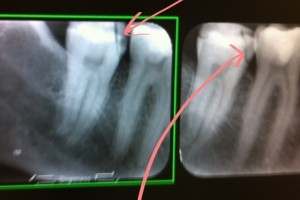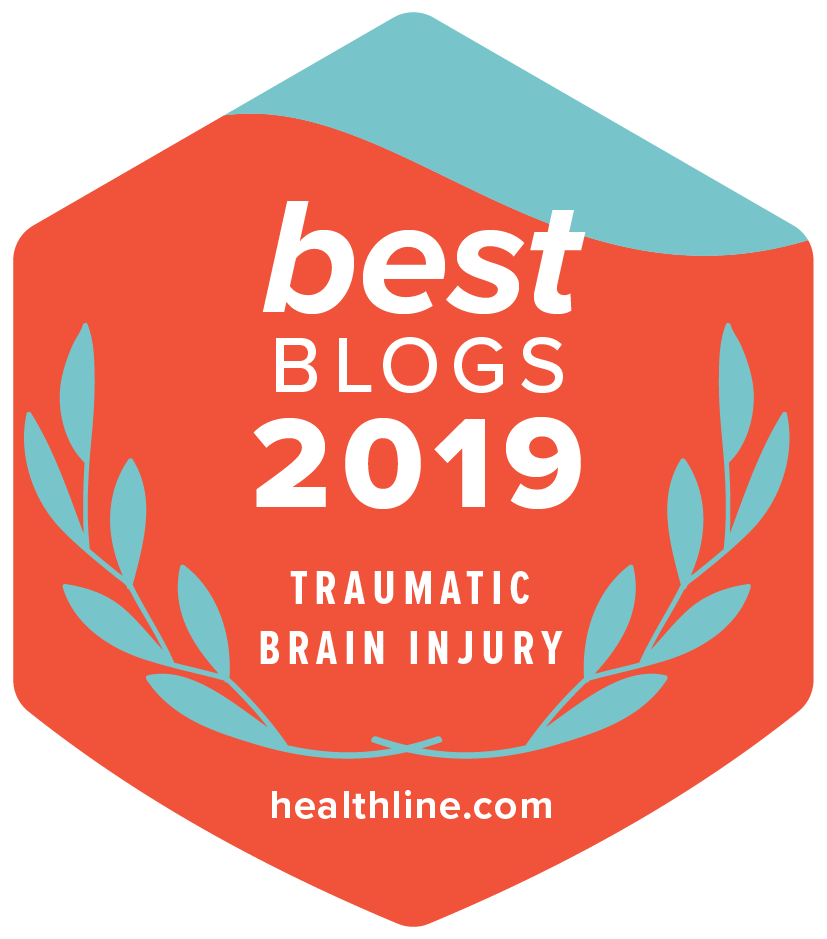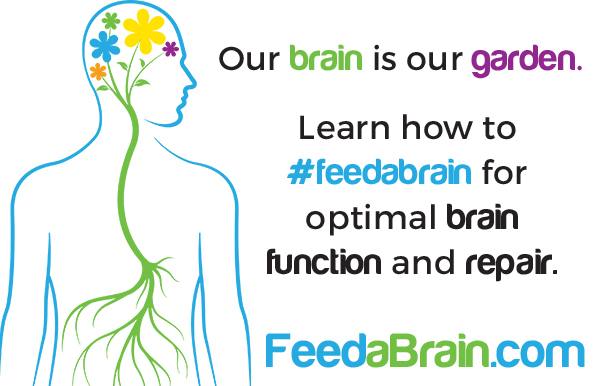I used to play guitar and sing before the accident. After going to Ali’s on September 3rd, 2011, we walked back to the apartment and and dug out my first acoustic guitar. It wasn’t my best guitar; in fact it was my mom’s brother’s guitar that he had given to her. She taught me to play chords on it when I was 12 or 13, so it was kind of a family heirloom. It had been hanging on the wall in my apartment for years, pretty much untouched. It was dusty and out of tune, but it was easier to play than my other guitars, because the strings are closer to the fret board (low action). Playing it required less strength from my uncoordinated and weak fingers. I figured that if I had learned to play on this guitar before, I could do it again.
My mom cleaned it and put new silk and steel strings on it the next day. Trying to play guitar was so frustrating. I knew what to play, but my fingers wouldn’t do what they used to do. You can relate to this frustration if you play an instrument and remember not having the specialized motor skills that only come with practice. For me, it was more frustrating because I used to have those skills.
Playing an instrument, you intuitively gain an understanding of how the brain learns. I truly believe that playing guitar prior to my accident was invaluable because it taught me perseverance and patience: useful tools in such an uncomfortable state of inability.
I hadn’t yet become fully appreciative of the fact that I could remember what to play, or developed a full understanding of the amazing things that were happening for me when I was in such need.
I had sustained shearing to my brain, which is very serious damage. The shearing was particularly to my corpus collosum which networks communication between the left and right hemispheres. I also had a hypoxic stroke which severely affected my cerebellum. The cerebellum is one of the main areas of the brain that orchestrates fine motor skills, and “muscle memory”. It showed the most symptoms of being damaged through my ataxia, my inability to walk, and how my left wrist and fingers were stuck in a bent position as if I was trying to touch my left forearm with my left fingers for months. After months of therapy and working on positioning my hand since the accident, I was finally able to wrap my hand around a guitar.
Even on this guitar, I didn’t have the strength to play a clean chord. The atrophy caused by months of inactivity carried to more extremities than just my legs, and reached all the way to my finger tips. My fingers had lost their calluses and were smooth and soft unlike any guitarist’s. This meant that playing guitar was painful. I had baby fingers: Soft and weak.
While I was in a coma the first time, my mom talked to me and sang to me like the angel she is. She tells me that she sang “Black Bird” by The Beatles over and over again. My mom taught me that song more than ten years before, and now, months later, I decided to try that song. Remember, I was in a coma when my mom sang this song to me last, and I probably hadn’t played it for years. I wasn’t conscious to hear her, but for some reason the thought occurred to me to play that song. Perhaps is was because most of the chords require only one or two fingers, or maybe because the lyrics were so relevant: “Take these broken wings and learn to fly.”
I am so grateful that my right wasn’t affected to any noticeable extent, so finger picking wasn’t as much of a problem except for the weak and soft baby fingers. My left, on the other hand (literally), was incredibly uncoordinated, weak, spastic, and had a tremor.
After a week or two of attempting to play daily, I was able to play a clean note. I could hold a string down on the fretboard, but it took time to position my fingers, so I was very slow at changing chords, and I was only using my first and second fingers.
I began to try to use all of my fingers by playing a chromatic scale, meaning that I would move one finger position up until my pinky played a note, and then go to the next string and do the same thing. The first two fingers could make a clean sound, but my ring and pinky fingers still did not have the strength. It was painful to do this exercise, but I kept in mind that I’d tolerated the pain before when I first began to play guitar. If my body was still able to create skin where it needed it (brain damage can translate to thyroid problems that could prevent this), meaning it could create callouses, then it would no longer be painful to play.
I practiced and still practice a chromatic scale at least once every day to build callouses on all four fingers and to remind my brain that I need to know how to do this. Things have improved dramatically. It’s quite remarkable. It took about a month or so to strum a simple song even slowed down, and my voice was fragile and too weak to sing as well.
My voice was lower than it used to be because it was weak and lazy and I spoke very slowly. I was monotone in my speaking and singing. After about a month, I could slowly play songs that were slow drunken cowboy tunes. Good thing that I like drunk cowboy songs. I remember attempting to play and sing another Beatles song, “Rocky Raccoon”, like a drunken mess. It was kinda cool.
Despite all of the things that I had lost, I was slowly beginning to recover certain things that were important to me. I applied the quote by Brian Thomas Littrell: “Shoot for the moon, and if you miss, you’ll land among the stars.” I interpreted playing guitar as being the moon and holding a pencil or a glass of water as being among the stars.
As soon as I could wrap my hand around a guitar, I did and tried to play… As soon as I could talk I tried to sing. I wanted to play guitar and sing so bad, so I had the motivation that I needed. Music saved my life by driving me!







2 Comments
Leave your reply.